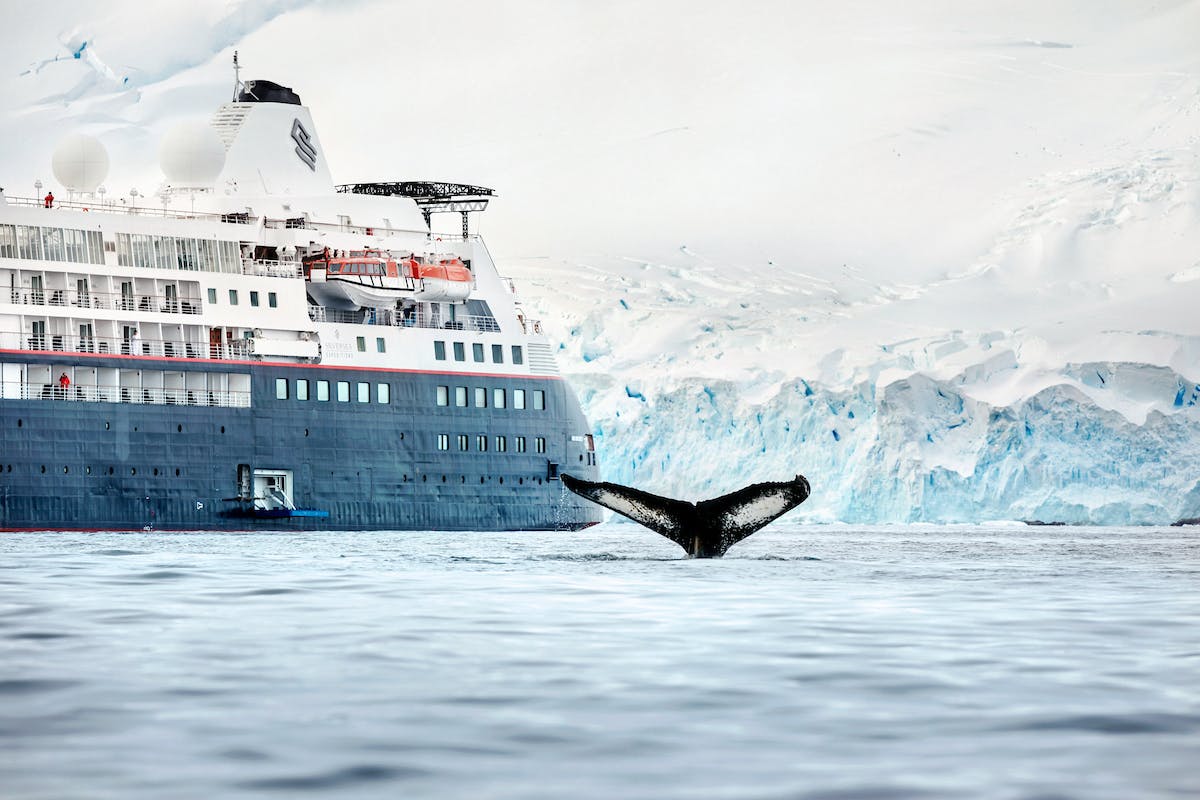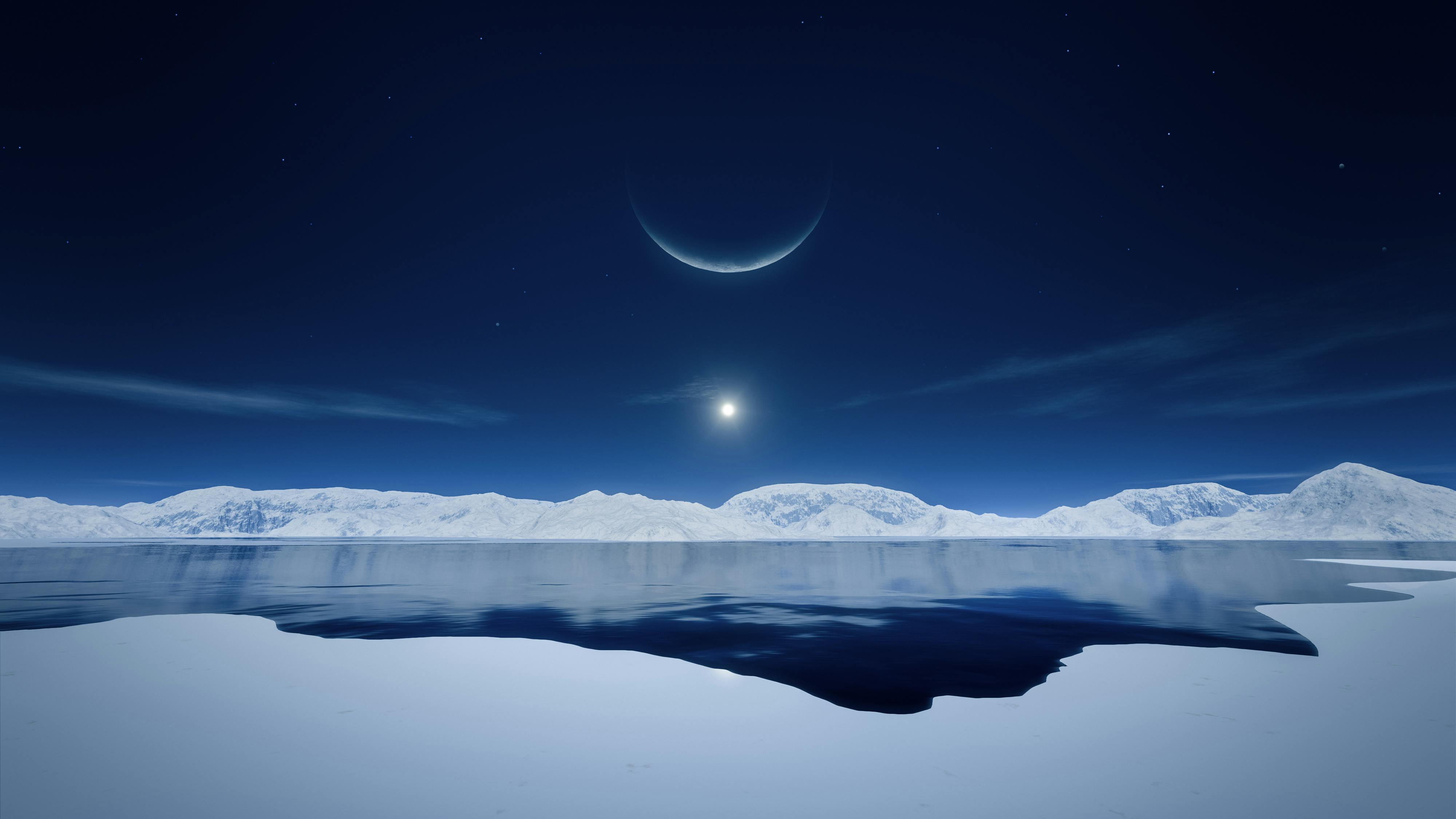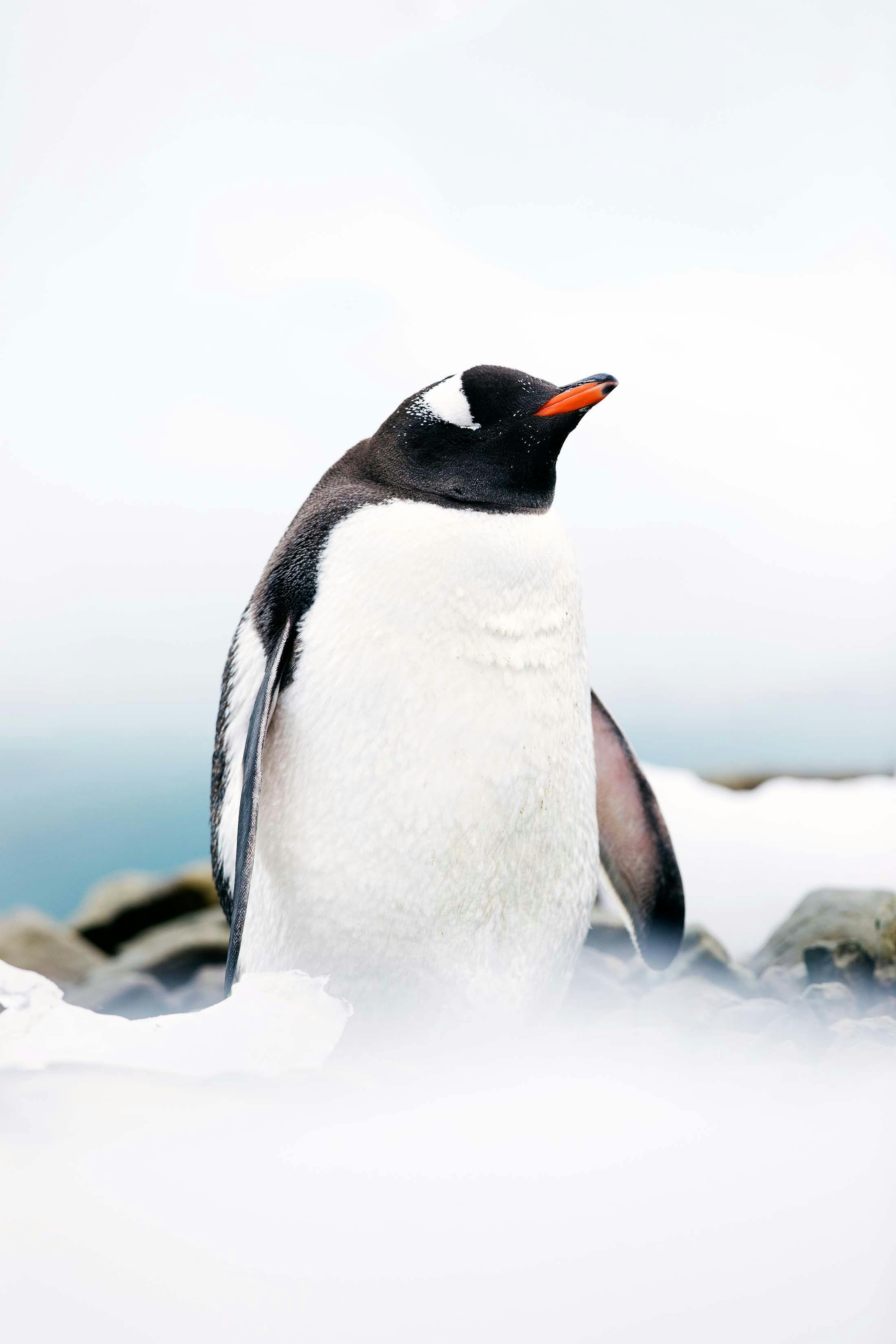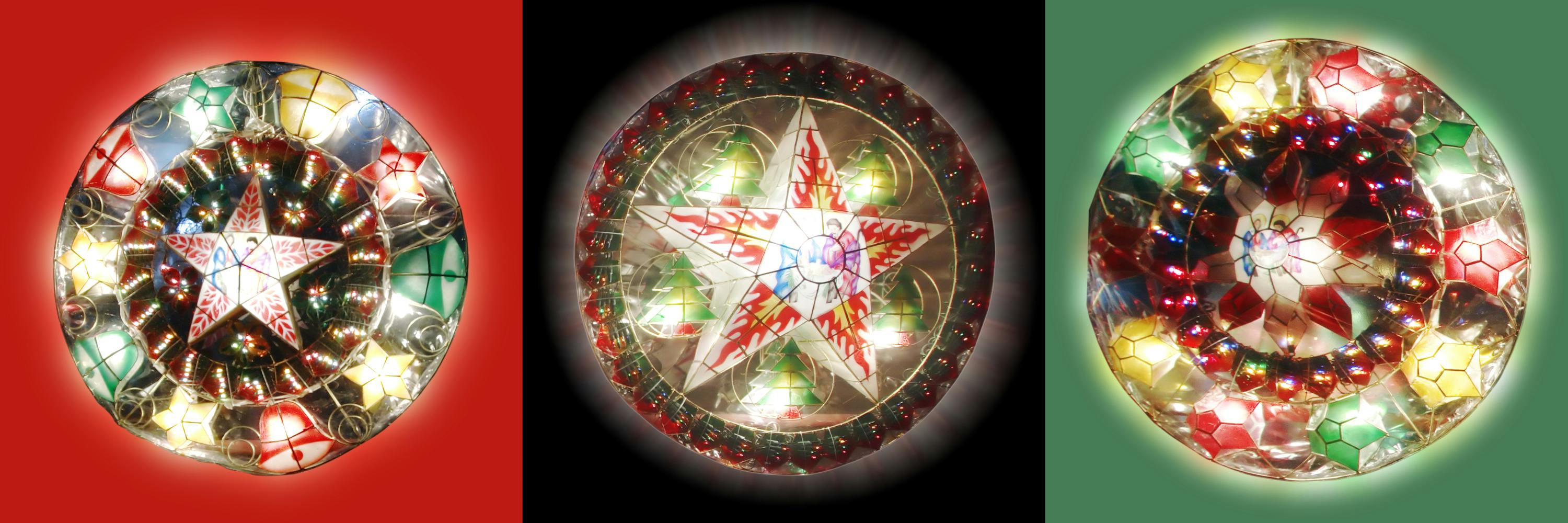Capturing the White Wilderness: 7 Steps to Stunning Antarctica Photography
Since John Davis, a daring American sealer, purportedly first set foot on the continent in 1821, few destinations have prompted as much intrigue among the most intrepid travelers as Antarctica. Covering a surface larger than Europe, having no official time zone, and being home to the world’s largest desert, the last continent retains a sense of otherworldliness in the modern age. Small wonder, then, that those who undertake an Antarctica expedition are richly rewarded, their cameras filled with evidence of fantastic creatures and stunning, almost alien landscapes. To help you get the most out of your visit, our award-winning photographer offers these seven essential Antarctica photography tips.

Antarctica Travel Photography: An Introduction
When a photographer’s subject is as inspiring, beautiful and humbling as the ice-covered continent, snapshots can seamlessly become masterpieces. In this extreme paradise, gnarled ice formations, towering mountains and spectacular light conditions provide a unique visual for any lens, whether you are a seasoned professional or an enthusiastic amateur. It’s the reason Antarctica photography tours are among the most popular excursions to this desolate Eden.
Nevertheless, the last continent is an uncompromising subject, meaning photography in Antarctica is particularly challenging. In the flick of a shutter, the environment can change and rare moments can vanish with the wind. Storms can roll in with no warning and high winds can carry ice. Without authoritative guidance, uninitiated photographers run the risk of returning home from an Antarctic expedition without having captured the breathtaking spectacles that inspire others from afar.
Antarctica Photography Tips From a Pro
Lucia Griggi, an award-winning travel photographer, who has undertaken two Antarctica expeditions with Silversea, knows all too well the allure of the photogenic wonderland. Published in the world’s most reputable travel publications, Griggi has spent the last 15 years traveling the planet in pursuit of the perfect photograph. She rates Antarctica among her most captivating subjects, having photographed the stunning destination over two months with a Canon EOS 5D Mark IV, a Canon EOS 1D X and an arsenal of zoom lenses, including the 70-200mm F/2.8 and the 16-35mm F/2.8.

“Most A-to-Z bucket lists of dream photography destinations begin with Antarctica,” says Griggi. “Alien, exciting, lonely, uncertain, beautiful, stark, ice-cold and warm-blooded, the continent is greener than you might expect and so vastly different from anything you’ve ever experienced before. From a photographer’s perspective, Antarctica is quite unique in its appeal: Few places are as challenging or as rewarding.”
Before you don your parka, prepare your camera pack and embark on your Antarctica cruise, consider Griggi’s insightful tips for taking exceptional landscape photos in Antarctica:
1. Seek and You Shall Find
“Take your time to explore the area,” says Lucia, as she fondly recalls her time in Antarctica. “Seek out the most interesting geographical features, such as the dramatic face of the 2,200-foot (670-meter) high Brown Bluff or Neptune’s Bellows – the entrance to the caldera of Deception Island that spans 9.3 miles (15 kilometers). Although a simple subject, the fascinating shape of the land best captures its beautiful and ethereal character. On our Antarctica cruise, I loved how the ship revealed different landscapes as it moved, offering the opportunity to capture multiple scenes with ease.”
2. Trip the Light Fantastic
“Consider the light. Think about where it will and won’t fall in order to design your image. Then, find places where the light will embellish your chosen landscape. If you can, try playing around with the same subject at different times of the day. Antarctica’s long summer light can appear very harsh for most of the day, unless cloud cover diffuses and disperses it. I rushed from dinner one night because the most brilliantly golden light shone through the restaurant window at 9 pm, but the hues were just as incredible four hours later! A large group of photography enthusiasts gathered at the ship’s aft, as the icebergs glittered under the rays of light. The intense shades were unlike anything I’ve seen elsewhere! Those who stay up for the midnight sun are most definitely rewarded; it’s such a bizarre phenomenon, and it makes for incredible photo opportunities!” Griggi could teach a course just on how to take night photography in Antarctica, but when night is day, make sure your camera is awake to capture the marvels of the last continent.

3. Attention to Detail
“Use fine details to convey emotion. When shooting pictures of mountains, glaciers and icebergs, think about the emotion you’d like your photo to convey. Does the mountain evoke feelings of eeriness? Isolation? Joy? Or something else? Once you have determined this, pick a focal point – maybe a distorted iceberg with a distinctive formation or an unusual texture? Frame the photo around this point. One evening, I noticed a spot where a ray of sunlight illuminated a mountainside particularly vividly. I felt inspired, so I purposely underexposed my shot to emphasize this natural light.” Anyone can take a dramatic photo of an iceberg, but when you realize that the best Antarctica photography is all about the details, you’ll start to see a vast improvement in your photos.
4. The Shape of Water
“Try to use the water as a compositional element. One of the most fascinating features of Antarctica’s landscape is the interplay between the water and the land. Feature the ocean as a line in your composition, whether as a horizontal, linear or dominant shape in your photo. The contract of moving water against the still landscape will draw the eye across the frame. Give this technique a try on an Antarctica expedition that includes kayaking along the Antarctic Peninsula or hiking up a mountain. One afternoon on Cuverville Island, we witnessed a colony of gentoo penguins, with their distinctive hat-like markings, diving into the water. I featured the sea as a dominant form to situate the penguins in context.”

5. Use a Tripod
“A tripod is an essential part of your Antarctica photography gear, especially when shooting with the long lenses at slow shutter speeds. A tripod will reduce shake, enabling you to capture high-resolution images. My tripod of choice for photographing landscapes in Antarctica was the Benro Long Series Carbon Fiber Tripod. It was the perfect option because it weighs slightly less than 4.5 pounds (2 kilograms) and folds to about 24 inches (61 centimeters), meaning I could carry it with ease. One night, while cruising near Danco Island as the evening light was getting low, my tripod allowed me to capture great atmospheric shots using a slow shutter speed. It also came in handy when photographing motion blurs from the ship – ideal for capturing diving birds and other fast-moving spectacles.” Lenses are important, too. Learn more about the best lenses for Antarctica here.
6. Practice Makes Perfect
“Practice before you go. As a minimum, it’s important to grasp the basic setting of your camera before setting off on your Antarctica expedition. This will enable you to spend more time shooting in the field and less time altering your camera’s setting as the light fades and those special moments pass you by. Take the time to learn how best to focus your camera quickly, so you can retain full concentration and get the best shots possible.”

7. Be Your Own (Photo) Editor
“Spend time editing your photos. Editing will bring your memories to life. With slight adjustments and color enhancements, you can bring out untapped detail in your images. It needn’t be an in-depth process; it can involve minor tweaks. It’s almost certain that the best landscape photographs you’ve ever seen have been edited in one way or another!”
Finally, Griggi notes that, while not a photography tip in particular, visitors to Antarctica must always remember to respect the land. This is a fragile ecosystem in constant flux. Fortunately, thanks to organizations like the International Association of Antarctica Tour Operators taking measures to safeguard the natural environment of the region, responsible tourism to the white wilderness offers a chance to capture photographs of a lifetime.



















